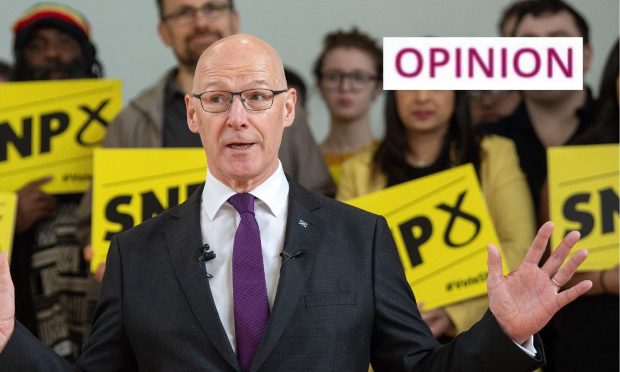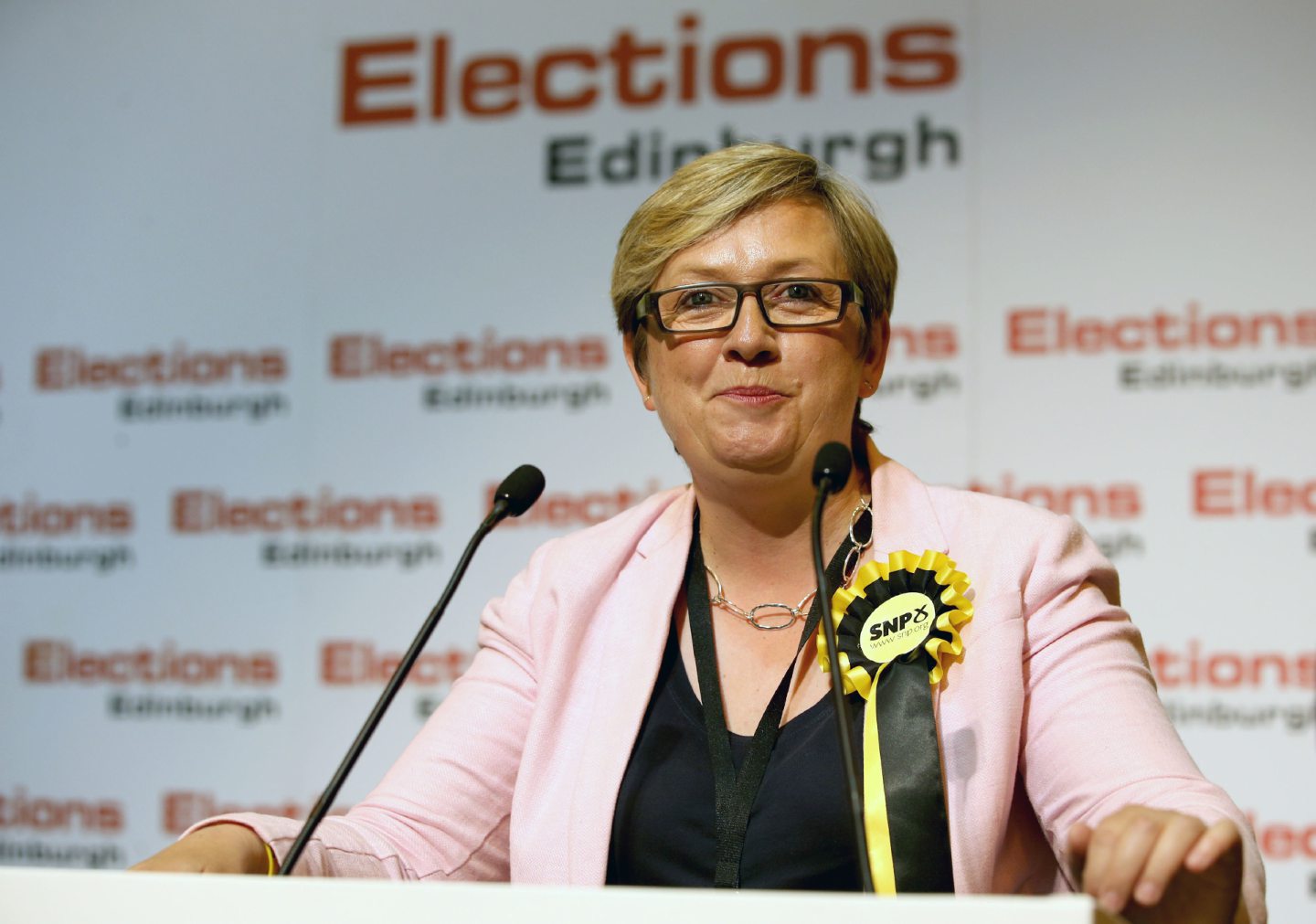The SNP has lost the battle at the general election, and the question now is whether it can avoid the civil war.
The early signs are not good.
As many as 20 recently redundant MPs are thought to be already considering how they can jump back onto the gravy train at Holyrood in 2026.
Such a sudden influx of determined – some might say, entitled – candidates is only likely to strain the SNP’s already fragile unity.
Those contemplating standing are a distinctly mixed bag.
There are a handful, such as the former Glasgow South MP Stewart McDonald, who are thoughtful and would be an asset to their party in Edinburgh.
Others, such as the outspoken nationalist Joanna Cherry, would give the SNP whips sleepless nights.
For the rest, it seems unlikely that closer relative proximity to their constituents would make them any less anonymous or any more effective.
‘High-stakes internal conflict’
The tension arises, however, not over whether this new group of wannabe MSPs would be an asset, or even if they will stand – it is where and how they will get selected.
After all, even at the height of its pomp, there was only a finite number of Scottish Parliament seats the SNP could win, and that number is now diminishing by the day.
This presents the distinctly unedifying prospect of former SNP MPs scrapping it out with nationalist incumbents and other would-be candidates for the lifeboat of the Holyrood list or one of the few constituencies the SNP might still hold.
Such a high-stakes internal conflict over the next 18 months is likely to further exacerbate existing tensions in the nationalist ranks.
SNP politicians had descended into recrimination and backbiting even before the disastrous general election defeat.
Selection battles, where political careers hang in the balance, are unlikely to herald a new era of harmony.
As an illustration of how desperate this fight will become, the 20 MPs currently considering standing in 2026 represent almost a third of the seats the SNP currently holds in the Scottish Parliament, and even the most optimistic nationalist strategists concede a significant portion of those seats can no longer be considered safe.
Perhaps more troublingly for the SNP though is the spectre of the internal elections themselves.
It is the SNP membership, which is incidentally suffering a similar rate of attrition as the nationalists’ elected politicians, who will get to choose which candidates fight which constituencies or are placed at the top of the regional list.
There is nothing wrong with this democratic process per se, but it does create a particularly narrow and – in the case of SNP members in particular – single-issue electorate.
And if we cast our minds back to the most recent SNP internal election, this does not bode well.
‘Last thing SNP needs’
Even putting aside Ash Regan and her proposal to build an “independence readiness thermometer”, there is little doubt Humza Yousaf’s ill-fated leadership was hamstrung in part by the commitments he felt compelled to make to SNP members during the race to replace Nicola Sturgeon.
Even John Swinney, more than a year on, felt duty-bound to maintain Yousaf’s commitment that independence would be page one, line one of the nationalist’s manifesto, despite the obvious absurdity of that proposition at the general election.
An influx of former SNP MPs running for Holyrood will therefore not only further fray the nationalists’ fragile unity but will also potentially saddle the party and its politicians with further far-fetched policies and commitments.
And for a party already struggling with credibility and reeling from defeat, that really is the last thing it needs.
In defence of SNP chief Stephen Flynn
I will take a moment to defend the SNP’s Westminster leader, Stephen Flynn, who faced criticism for mocking England’s Euro 2024 final defeat on social media.
Many may well consider such behaviour petty and beneath an elected official, but football – even international football – is entertainment and nothing more.
People should be able to have a laugh about it, and good-natured chiding of rivals is part of that process.
So if Flynn wants to have a laugh at England’s expense, I say more power to him.
After all, he has had little else to smile about in recent weeks.



Conversation